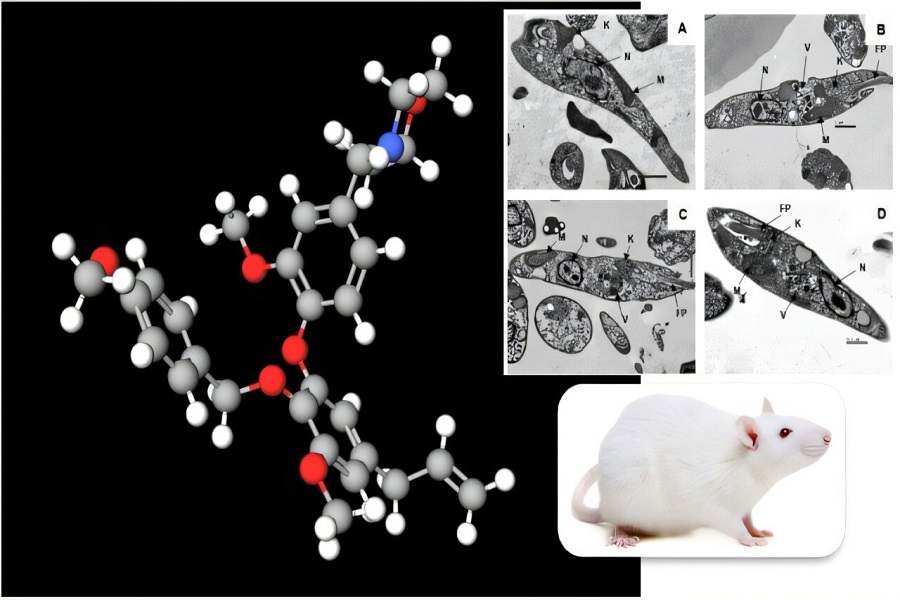Study suggest Brazilian plant compound may be key to treating kala-azar

Kala-azar or visceral leishmaniasis -- a deadly neglected tropical disease -- can be better treated using a compound derived from Nectandra leucantha -- a tree native to southern Brazil (local names: canela-seca or canela-branca), claimed a study.
Kala-azar is caused by a protozoan parasite transmitted by a sandfly bite and is characterised by long bouts of fever, loss of weight and muscle strength, enlargement of the spleen and liver, and anaemia.
An international team of researchers from Brazil, the UK and Portugal, conducted a study showing that the substance from the Nectandra leucantha plant killed Leishmania infantum -- the parasite that causes the disease. Importantly, the plant compound works without affecting host cells, revealed the researcher in the paper, published in the journal Antimicrobial Agents and Chemotherapy.
The team began by synthesising a compound similar to dehydrodieugenol B -- a neolignan (naturally occurring phenols) found in N. leucantha
"We used this substance as a prototype, a model based on which we could design novel versions of the molecule [with minor structural variations]," said Andre Gustavo Tempone, principal investigator, a researcher at Butantan Institute's Physiopathology Laboratory in Brazil.
Tempone said that these were then tested one by one on the parasite in the laboratory to optimise its action.
In this manner, the researchers obtained a molecule four times more powerful than the prototype. But it failed in animal tests as the optimised compound circulated in the rodents' organism for less than 10 minutes.
The team then focused on additional optimisation of the molecule to enhance its bioavailability to ensure it remains longer in the animal's organism.
After several processes, the team arrived at a more potent molecule whose mean plasma half-life reached 21 hours.
This was found to circulate in the rat's organism for a period 100 times longer than that observed initially, said the team.
“The novel substance was not only more potent in combating L. infantum but also did no damage to host cells,” said the team.
"We need to analyse the action of the compound in rodents with leishmaniasis in order to assess its efficacy and the doses required for treatment," Tempone said, calling for further research.










Top News

Fineotex Chemical soars on the BSE








.jpg)

.jpg)


